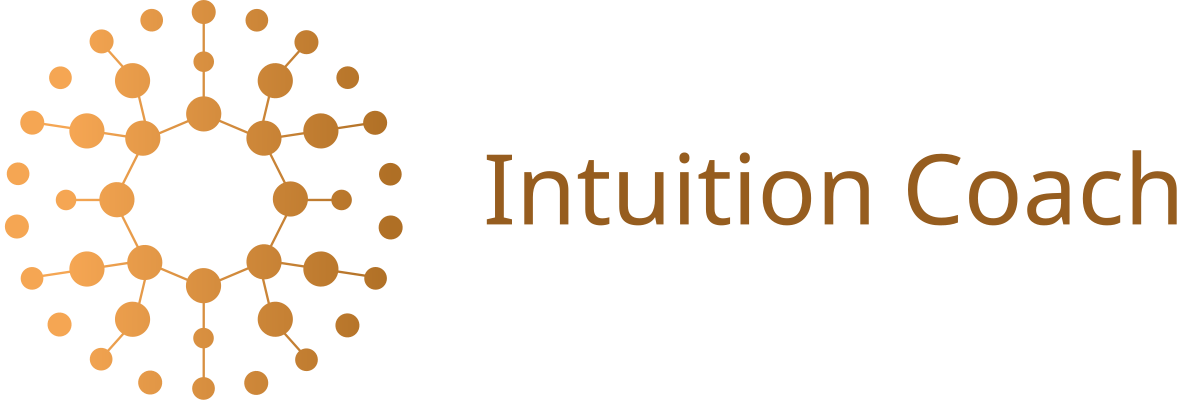What is Awareness-Based Coaching?
In coaching school and all the coaching books I’ve read, we’re told that as coaches, we can guide and support our clients, but ultimately, they know best what they need.
How frustrating must it be to contact and contract a coach for the very first time and to hear this in your first meeting. After all, the reason you’ve reached out to a coach is probably to find a solution to a problem: to gain a fresh perspective, to explore new ways forward or to feel more confident in making a change.
This is what I’ve discovered: when coaches say “you know best”, they mean that the knowledge is already inside you. It’s just that life, habits, fears and outside expectations can cloud your ability to hear it clearly. And what is that knowing? Your intuition.
Why People and Businesses Seek Coaching
Clients, whether individuals or employees, usually don’t come to coaching because they’ve run out of ideas. Most have already explored plenty of options. They come to us because there’s a resistance - to a path, a decision or change they already know they want (or need) to make. In a personal context, that might mean hesitating to start a new career, set boundaries or make a lifestyle change. In a professional setting, it could be a leader avoiding a difficult conversation, a team struggling with communication or an employee feeling stuck in their role.
Awareness-based coaching helps people see and move through that resistance. It’s not about avoiding discomfort. In fact, you can’t avoid causing some unease if you want people to see the world, and themselves, in a more expansive way.
When we coach someone to uncover the beliefs, fears and assumptions behind their actions, discomfort often comes before the breakthrough. That moment of tension and possible annoyance with us, their coaches, means that the coaching process is working.
Coaching the Person, Not the Problem
This approach is also beautifully articulated in Marcia Reynolds’ book Coach the Person, Not the Problem, which reminds us that true transformation happens when we help people see themselves differently, not just when they solve the immediate challenge in front of them. Instead of jumping straight into solutions, the aim is to help uncover:
The beliefs behind their opinions and actions.
The fears or conflicting values that create confusion.
The limiting perspectives shaping their decisions.
This is as relevant for business as it is for personal life. For an employee, shifting perspective might mean seeing themselves as capable of leading a project they’ve been hesitant to take on. For a business leader, it might mean challenging a long-held assumption about how to motivate their team.
The goal is to create a shift at the identity level, meaning how someone sees themselves and their place in the world, rather than just changing a task or behaviour. Simply put, if the client says “I want to improve my relationship with spending my money.”, you don’t jump into “Let’s find some ways for you to start spending a bit more so you can get more at ease with it.” You use reflective inquiry to enable the client to become aware of their biases and assumptions they hold about spending money.
Here’s what my process looks like:
1. We start with clarity
From our very first session, you’ll know that I’m not here to hand you advice or tell you what to do. My role is to be your thinking partner. This is someone who helps you explore the uncertainty around a challenge or decision, so you can find your own answers.
2. I see your potential. Fully
Coaching works best when you’re supported by someone who truly believes you’re capable of creating the life or career you want. I stay curious about your goals, what’s in the way and how you can move past those obstacles.
3. We go deeper than the surface problem
Once we’ve clarified what you want to achieve, we explore what you’ve already tried and what you’ve considered but haven’t acted on. Often, the reasons behind “what you didn’t do” reveal the real shift that’s needed.
The Payoff
Awareness-based coaching isn’t always comfortable. Growth rarely is.
By moving through that discomfort, you’ll uncover answers that have been within you all along.
For you, that means making decisions that truly align with who you are.
For teams and organisations, it means building leaders and cultures that are more self-aware, resilient and able to navigate complexity with confidence.
That’s where real, lasting change happens.


